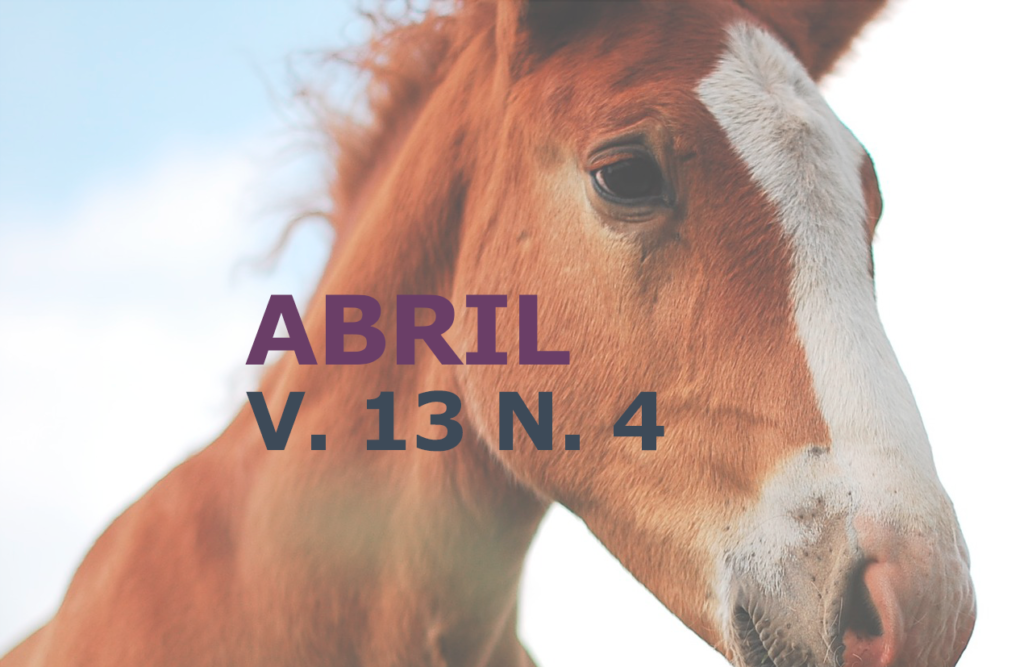Milk urea nitrogen and plasma urea nitrogen of dairy cows grazing: Review
DOI:
https://doi.org/10.31533/pubvet.v13n4a314.1-10Keywords:
nitrogen efficiency, forage, milk production, protein supplementationAbstract
The objective of this review was to describe the main factors that influence the production of dairy cows submitted to grazing and the importance of the evaluation of milk and plasma urea nitrogen for animal performance. Pastures are of fundamental importance in Brazilian cattle raising, guaranteeing low production costs since it is the most economical and practical way to produce and offer food for the herd. However, despite the great diversity of grasses with high-quality forage potential, several regions in Brazil present low productivity. In recent years, due to advances in genetic improvement in dairy cows the consumption of protein sources has become a limiting factor for milk production, especially when reared on grazing. The concentration of milk urea nitrogen (MUN) and plasma urea nitrogen (PUN) can be used to monitor crude protein intake, which should be as close as possible to the required requirements of the nutrient by the animal. When MUN values are high (>18 mg/dL) may indicate excess crude protein (CP) in the diet, both the rumen degradable protein fraction (RDP) and the rumen undegradable protein (RUP), ruminal fermentation rate of the non-fibrous carbohydrates fraction (NFC), or protein:energy ratio increased. Low values of MUN (
Downloads
Published
Issue
Section
License
Copyright (c) 2019 Thaiano Iranildo de Sousa Silva, Alberto Jefferson da Silva Macêdo, Antonio Joelson Netto, Elisvaldo José Silva Alencar, Wagner Sousa Alves, Iara Tamires Rodrigues Cavalcante, Severino Gonzaga Neto

This work is licensed under a Creative Commons Attribution 4.0 International License.
Você tem o direito de:
Compartilhar — copiar e redistribuir o material em qualquer suporte ou formato
Adaptar — remixar, transformar, e criar a partir do material para qualquer fim, mesmo que comercial.
O licenciante não pode revogar estes direitos desde que você respeite os termos da licença. De acordo com os termos seguintes:
Atribuição
— Você deve dar o crédito apropriado, prover um link para a licença e indicar se mudanças foram feitas. Você deve fazê-lo em qualquer circunstância razoável, mas de nenhuma maneira que sugira que o licenciante apoia você ou o seu uso. Sem restrições adicionais
— Você não pode aplicar termos jurídicos ou medidas de caráter tecnológico que restrinjam legalmente outros de fazerem algo que a licença permita.





